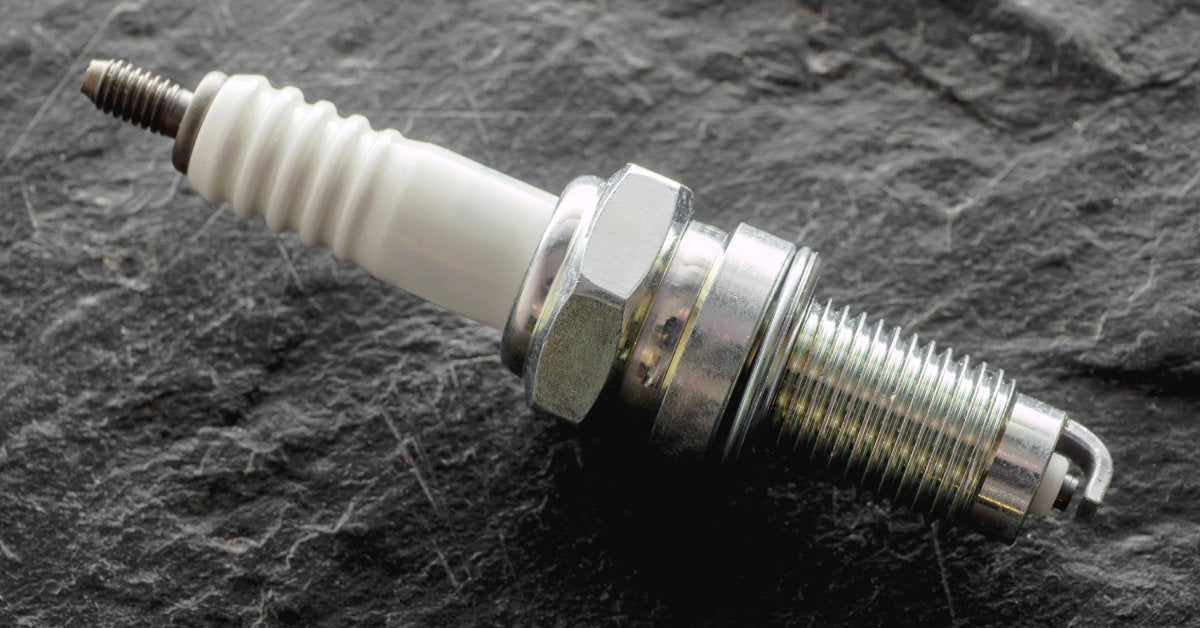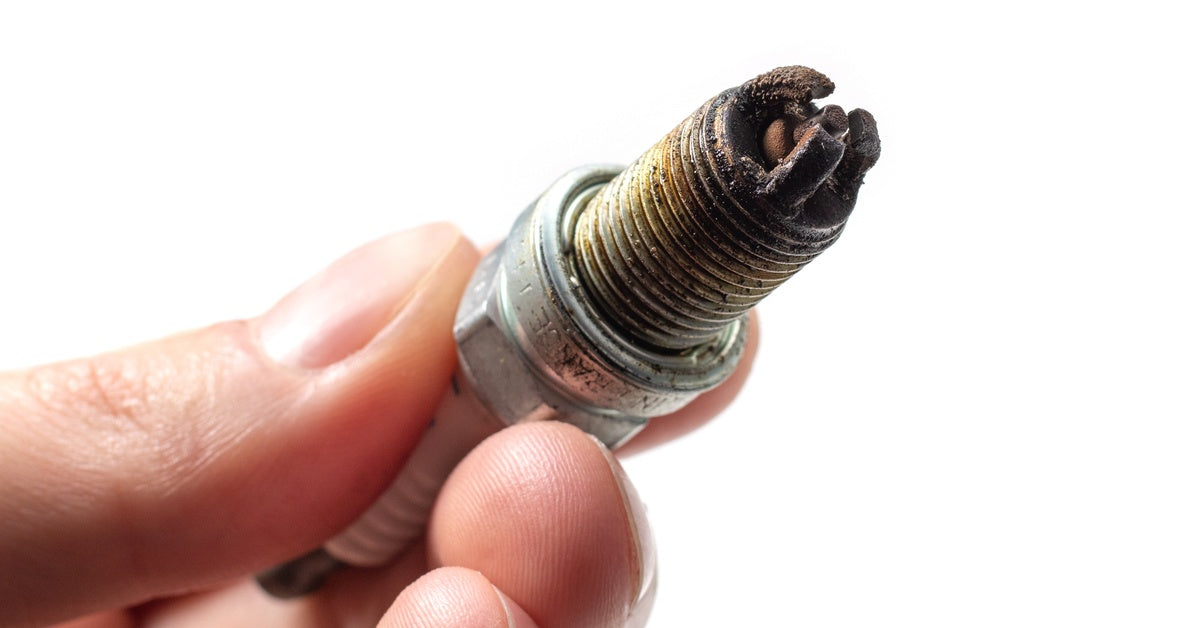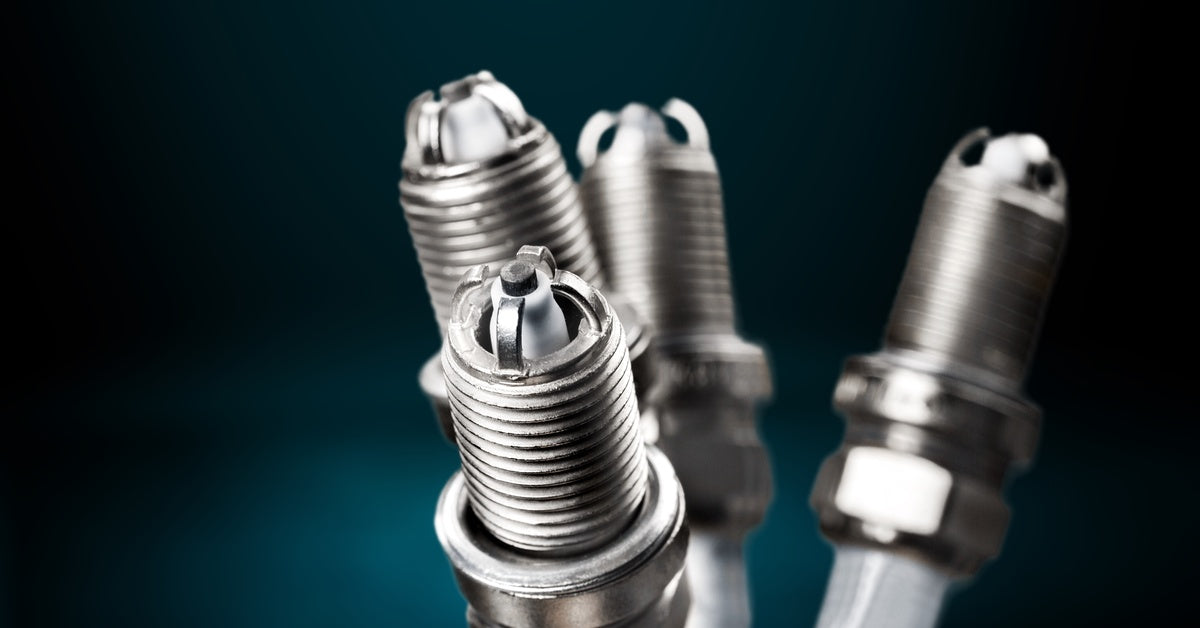
Have you ever wondered what makes some spark plugs last longer than others? Most people don't realize that the ceramic insulator does most of the heavy lifting inside an engine. It's used in extreme conditions, such as high temperatures, intense pressure, and constant electrical discharge. This determines whether your spark plug will perform reliably or leave you stranded on the side of the road.
Let's break down the importance of ceramic insulator composition to help you make better decisions for your vehicle.
What Exactly Is a Ceramic Insulator?
The ceramic insulator is the white or off-white portion of your spark plug that separates the center electrode from the metal shell. It might look simple, but it's engineered to handle temperatures up to 2,500 degrees Fahrenheit while maintaining its structural integrity.
This component serves the following functions:
- It prevents electrical current from jumping to the wrong place.
- It maintains proper heat transfer.
- It keeps combustion gases from escaping the cylinder.
Without proper insulation, your engine would misfire constantly. The material composition directly affects how well it performs these tasks.
The Science Behind Ceramic Materials
Traditional ceramic insulators use alumina (aluminum oxide) as their base material. This provides good electrical insulation and decent heat resistance. However, the alumina purity level affects performance.
Higher purity ceramics offer better electrical properties and heat resistance. They also resist thermal shock better when your engine goes from a cold start to operating temperature.
Some manufacturers add other compounds to improve specific properties. Silica additions can improve thermal shock resistance. Magnesia can enhance high-temperature stability.
Temperature Management and Heat Dissipation

The importance of ceramic insulator composition is most obvious when we look at heat management. Your spark plug tip operates at extreme temperatures, and the ceramic insulator must transfer this heat efficiently to the cylinder head.
Different ceramic compositions have varying thermal conductivity properties. Some transfer heat quickly, which helps prevent pre-ignition and electrode erosion. Others retain the high temperature longer, which can burn off carbon buildup during normal operation.
The thermal expansion coefficient also matters. As temperatures change rapidly during engine operation, the ceramic must expand and contract without cracking or losing its seal with the metal components.
Electrical Properties That Matter
Ceramics are chosen for spark plugs because they're excellent electrical insulators. However, the specific composition affects how well they maintain this property under stress.
Dielectric strength measures how much voltage the material can withstand before breaking down. Higher-quality ceramic compositions maintain better dielectric strength at elevated temperatures. This prevents misfiring and maintains consistent spark timing.
The ceramic's resistance to electrical tracking is also crucial. Over time, carbon deposits can create conductive paths across the insulator surface. Better ceramic compositions resist this tracking formation longer.
Mechanical Strength and Durability
Your spark plugs face constant vibration, pressure changes, and thermal cycling. The ceramic insulator must maintain its structural integrity through all these conditions.
Flexural strength determines how much bending force the ceramic can handle before fracturing. Higher-strength compositions resist cracking from engine vibration and thermal stress better.
Thermal shock resistance prevents sudden temperature changes from causing cracks. This is particularly relevant during cold starts or when switching between idle and high RPM operation.
Manufacturing Quality and Consistency
The way ceramic insulators are manufactured affects their final properties as much as their composition. Sintering temperature, cooling rates, and quality control all play roles in the final product.
Higher-end manufacturers use tighter quality control standards. They test for porosity, which can create weak spots that fail under pressure. They also verify electrical properties across production batches.
Cheaper ceramic insulators might use lower-grade materials or less rigorous manufacturing processes. While they might work initially, they're more likely to fail prematurely under stress.
Effects on Performance

As we’ve seen, the insulator composition affects performance differently. Better ceramic compositions contribute to longer spark plug life, more consistent ignition, and better fuel economy over time. Daily commuters might not notice subtle performance variations, but demanding applications reveal otherwise.
Drag race vehicles push spark plugs to their limits. Higher-quality ceramic compositions maintain performance under extreme heat and pressure conditions where cheaper alternatives would fail. This is also true for maintaining consistent power in jet skis and ATVs in rugged environments.
More robust ceramic insulators have their place in small engines, preventing misfires in demanding uses. For instance, they can enhance reliability in lawn mowers during heavy use. Ultimately, investing in quality ceramic pays off through enhanced durability and performance, especially when the engine is pushed to its limits.
How Electrode Design Interacts With Ceramic Quality
Advanced electrode designs, like those found in premium spark plugs, work best when paired with high-quality ceramic insulators. If you're looking for spark plugs for sale with quality construction, E3 Spark Plugs use DiamondFIRE electrode technology with carefully engineered ceramic insulators. Their edge-to-edge spark discharge and forward projection design work optimally when supported by ceramics that can handle the thermal and electrical stresses involved.
Signs Your Ceramic Insulator Is Failing
Understanding ceramic insulator composition helps you recognize when problems develop. Cracked or damaged insulators often show specific symptoms before complete failure occurs.
Carbon tracking appears as dark lines across the white ceramic surface. This means the insulator is losing its electrical properties. Oil or fuel fouling can also point to seal failures related to ceramic degradation.
Physical cracks in the ceramic are obvious failure indicators. However, some damage might be difficult to see but can still cause misfiring or other performance issues.
Make a Smart Choice for Your Application
Choosing the right option depends on your needs, whether you're driving a car, racing, mowing the lawn, or hitting the water. While the costs may be slightly higher, they’re worth it when you consider the potential damage caused by spark plug failure during high-stakes performance.
Using poor-quality ceramics can lead to premature failure, causing misfiring that sends unburned fuel into the exhaust system. This can damage catalytic converters, oxygen sensors, or even other engine components, leading to costly repairs across all types of vehicles and equipment.
The next time you need spark plugs, consider what's inside that white ceramic body—it might be more vital than you realized. For all your spark plug needs, visit our expansive offerings at E3 Spark Plugs!







